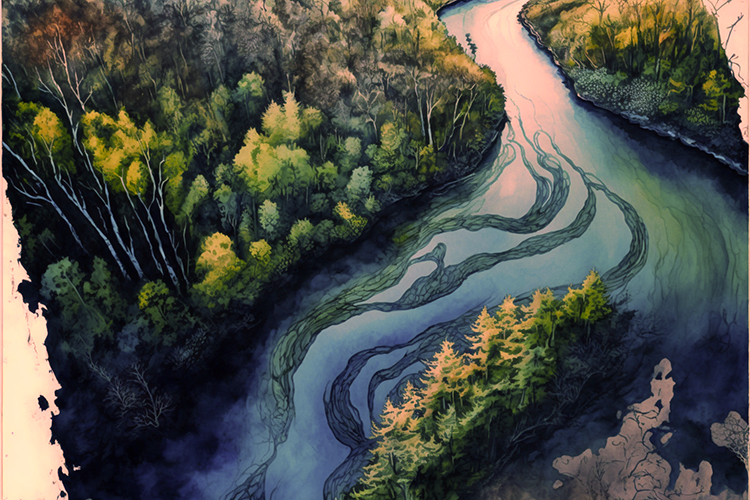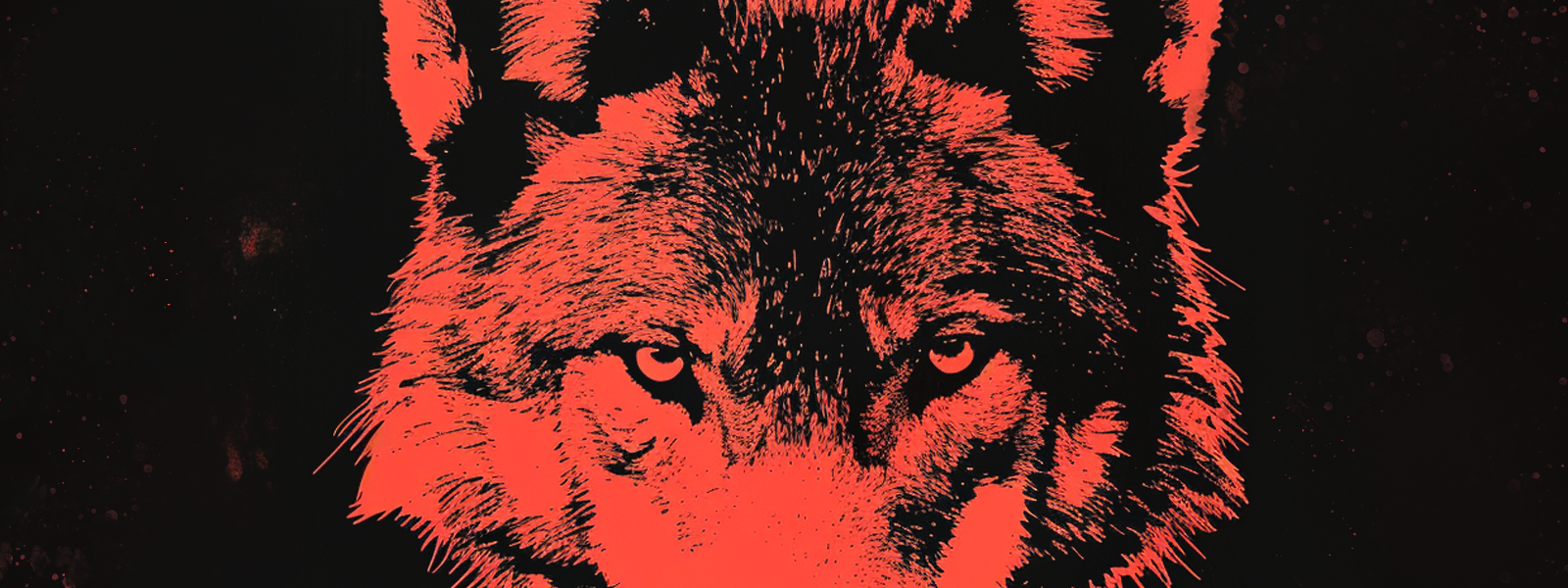Many Streams of Dharma: Syncretic Buddhism

If people ask
about Ryokan’s death poem,
tell them it was
“Homage to
Amitabha Buddha.”*1
Buddhism in Japan's gotten a bad wrap as a culture ravaged by sectarianism. This is a mischaracterization. While there were, at times, fierce territorial and political disputes amongst the different sects, most Japanese Buddhists, including monastics, were syncretists at heart. Shingon monks often studied with Zen teachers. Zen monks lived and practiced with Shugendo ascetics. Tendai was a bastion of discipline, order, and learning. Pure Land Buddhism pervaded all. Shintoism and Confucianism remained pillars of both the spiritual and intellectual life throughout. It was really only until the end of the Tokugawa Period that the different schools started to become more rigid, orthodox, and hostile.
This isn't to say that there weren't purists in the differing schools during all of that time. There were. Menzan Zuihô (1683-1769) is one example of an orthodox reformer that attempted to return the Soto tradition to its roots, but much of his reforms went unheeded except for by the most militant of disciples. Hakuin Zenji (1686-1769) is another reformer who attempted to revitalize the Rinzai school by returning to an austere lifestyle focused on koan practice.
But outside of these reformers and their circle of close disciples, most monks and lay people enjoyed a more loose relationship to their schools. One example of this is the Shingon rituals used throughout Japan for centuries by local Zen priests despite their rejection by top priests. Another is Shinbutsu-shūgō, or Shinto Buddhism, which enjoyed universal acceptance for centuries up until the Meijji era. Even today, if you walk through a Zen or Shingon temple, you'll find Shinto shrines and religious imagery seamlessly intertwined with Buddhist icons, altars, and statues. And while Ryokan was living at a time of Dogen revivalism, he kept in touch with his syncretic roots. This poem is one testament to that fact.
To unpack the poem, though, let's first look at its context. This poem was one of his last recorded. By this time, he'd already moved in to the firewood shed behind the home of his wealthy supporter. He had grown too old and sickly to continue to live high up in the mountain at his original hermitage, Gogo-an. In this shed, he'd spend the last of his days receiving guests, making art, and dozing the day away in zazen. Ryokan, like those around him, knew he was on his way out. It's likely that this poem was written during a period of crises when he genuinely thought that he was going to die, yet somehow survived.
Death poems are a venerated tradition in Japan, especially amongst monastics who used it to offer a pithy summary of their life and teachings. Here are a few others for comparison.
From the wild monk Ikkyu (1394-1481):
South of Mt Meru,
Who can meet my Zen?
The coming of Xutang (a Zen ancestor)
Isn’t worth a dime.*2
From the eccentric Dokyo (1642-1721):
Here in the shadow of death it is hard
To utter the final word.
I’ll only say, then,
“Without saying.”
Nothing more,
Nothing more.*3
From Dogen (1200-1253):
Fifty-four years lighting up the sky.
A quivering leap smashes a billion worlds.
Hah!
Entire body looks for nothing.
Living, I plunge into Yellow Springs.
Each of these has the fragrance of their Zen. Ikkyu's is combative and fiery. Dokyo's is mysterious yet direct. Dogen's, brilliant and powerful. But what of Ryokan's?
The poem is almost comically simple. There's no lofty pronouncement of enlightenment. No utterances of great truth. No "smashing of a billion worlds." No fiery exhortations. Instead, he writes something even the most uneducated of peasants could say:
If people ask
about Ryokan’s death poem,
tell them it was
“Homage to
Amitabha Buddha.”
In fact, had he not included his own name, one might think it was the death poem of an illiterate hastily trying to squeeze a few lines together before perishing.
What's more, the final two lines, "Homage to Amitabha Buddha" are a reference to the popular Pure Land chant, Namu Amida Butsu. It's these three little words which, according to the sect, ensured that one would be reborn in Amithaba Buddha's Pure Land and, from there, attain nirvana. Although the phrase itself is quite simple and clear, taken in the context of Ryokan's life and this poem, it abounds in meaning.

First, Ryokan mentioning it, combined with the uninspired first half of the poem, places him on level with the poor, uneducated peasants that were his family and friends for decades. Remember, Ryokan didn't live in the capital with among the royals or in a big monastic institution with the upper class, highly educated monks as neighbors and friends. If he lived in America, it'd be comparable to him staying in the Apallachian Mountains among a bunch of hillbillies. Simple, solid folk on the margins.
This is not a new theme for Ryokan. Dozens of other poems throughout his work, especially during his later period at Gogo-an and the firewood shed, lamented the suffering of the ordinary people who were his neighbors, friends, and supporters. He felt their pain as they toiled while planting and harvesting rice. He stood up to greedy daimyo who overtaxed them. As smallpox ravaged the countryside, he performed funerary rites for the many children it claimed and grieved with them for their loss. Here, Ryokan places himself not as a member of the wealthy, literate, and powerful clerical, but as at home among the peasants just struggling to survive in the stix. These people are his people, not the monks with their clean-shaven pates, silken robes, and fine words.
Second, the Namu Amida Butsu chant is a rejection of the sectarianism and arrogance that was beginning to take root at the time. Pure Land Buddhism was, by-and-large, seen as the practice of those too poor and ignorant to be bothered with serious study, meditation, and cultured living. As such, few aristocrats signed-up, preferring Shingon, Tendai, and Zen. Pure Land members were thus largely composed of artisans, low-class merchants, and peasants. The sect appealed to these groups because it required no study, offered a simple practice: repeating the mantra, Namu Amida Butsu, wholeheartedly, and also gave these people, already powerless and hopeless under the Tokugawa regime, hope in a better future. By Ryokan including this in his death poem, he flaunts the the rejection Pure Land Buddhism. Instead, he says, "I too, a foolish old monk, pray to Amitabha for help and hope for the Pure Land."
Third, the Namu Amida Butsu chant is an implicit recognition of his own ignorance and weakness. Unlike Dogen, who boldly proclaims that he's plunging alive into death (the Yellow Springs being a metaphor for death in Chinese culture), Ryokan cries out for help from the great Amitabha Buddha. For those unfamiliar, Amithaba Buddha is the Buddha of Infinite Light. His claim to fame is that, before he entered nirvana, he created a Pure Land where all beings who enter it can practice and swiftly attain nirvana. This spectacular heaven was on offer to any being who asked for his help, immediately reincarnating them there after death. He vowed he would continue his work until every living being attained nirvana. It's obvious why this message of overwhelming hope resonated with so many Buddhists at the time.
By ending his death poem with a cry for help, he acknowledges that he still hasn't achieved final enlightenment and that he doesn't even trust that the good karma he's accumulated over the course of his life is sufficient to ensure he won't end up being reborn as an ox or a donkey. While this might reflect his own on-the-nose assessment of his situation, I think that's unlikely. If he doesn't have enough merit to be assured a positive rebirth, who does? Instead, I read this as being consistent with his simple, self-effacing attitude. His years of practice have so thoroughly scoured him of conceit that he sees himself as equal to the most sordid of peasants whose only hope would be the divine intercession of Amitabha.
Finally, and in seeming contradiction the previous point, this line can also be read as a humblebrag of enlightenment. Many Zen masters identified Amitabha and his Pure Land as being none other than the natural purity of one's own mind. With this final prayer, Ryokan at once sets himself as being at one with the locals who literally kept him alive for decades while at the same time affirming where his true refuge lies: emptiness. The Pure Land and Amitabha, in other words, are not in some distant realm in the heavens, but right here, right now. It's that very thusness which Ryokan embraces with these final lines.
But many things can be true at the same time. While Ryokan's often praised for his simple and direct poetry, that remark often overlooks the depth that lies beneath them. Like most great artists and teachers, he works at many levels. On the surface, his poems are easy to understand, even for someone unfamiliar with Buddhist philosophy. But subterraneously, there's much depth and brilliance hidden away.
While points three (an unironic identification of himself with the most sordid and ignorant of peasants) and four (that the Pure Land is none other than the emptiness here-and-now) are more speculative, points one and two are clear. Ryokan was not a sectarian, as he makes clear in many of his other poems. Instead, he saw that there were many paths to the Deathless and, perhaps, hoped that since he was such a failure of a Zen priest, Amitabha Buddha might lend a helping hand as he exited this world.
References
*1. Tanahashi, Kazuaki. Sky Above, Great Wind. Boston: Shambhala. Kindle Edition.
*2. Sojun, Ikkyu; Messer, Sarah; Smith, Kidder. Having Once Paused. Massachusets: University of Michigan Press. Kindle Edition.
*3. Hoffman, Yoel. Japanese Death Poems. Boston: Tuttle Publishing. 1998.
*4.
